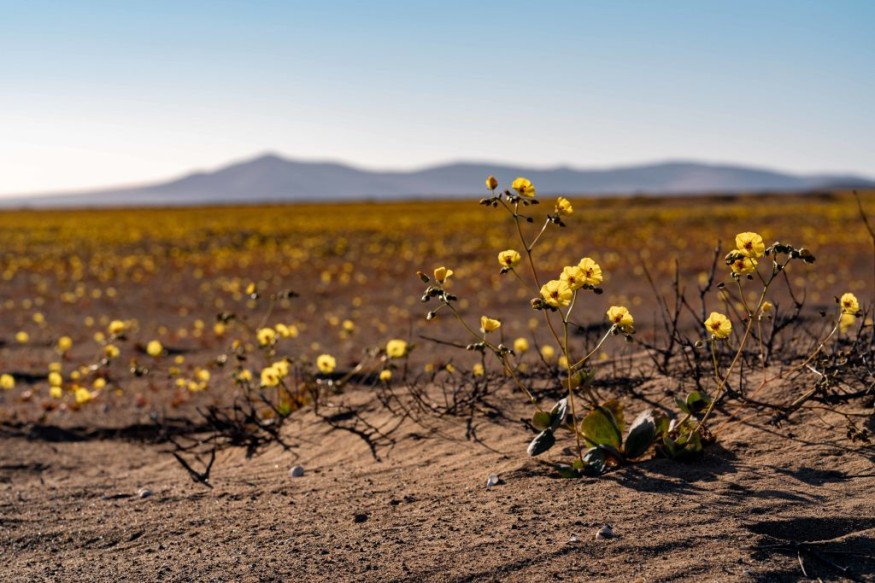Life can be hard in Chile's inhospitable Atacama Desert which is defined as a cruel, unfriendly environment recognized as the world's extremely dry non-polar wilderness. Defied the circumstances, life persists in these arid badlands that provides
an agricultural heritage century old.
The World's Oldest Desert

Determining the processes underlying these improbable accomplishments is a quest that is possibly more vital than ever, since it might disclose the mysteries of producing crops in a globe that is increasing warmer and harsher each year.
Researchers have determined the biological component of a variety of mechanisms that allow native species to thrive regardless the harsh, dire circumstances of the Atacama Desert in new research.
"In a period of accelerating global warming, it is vital to reveal the biological foundation for improving agricultural productivity and resiliency amid dry and nutrient-poor circumstances," says New York University plant systems scientist Gloria Coruzzi.
Coruzzi and a multinational group of experts researched Atacama plant growth in 22 locations across the desert terrain, both in situ and offsite, over a ten-year time range, meticulously ferrying botanical and samples taken in the laboratory for analysis, stored in a freezer to maintain them for genome study.
Overall, the detailed and complex of 32 of the desert's top dominating vegetation were analyzed, and they were then matched to 32 substantially comparable organisms from other sites, which hardly exhibited biological changes to the Atacama climate.
Further Study on the Inhospitable Atacama Desert
"The primary objective was to use such fossil record predicated on genetic codes to examine differences in amino acid composition encrypted in the genotype that sustain the progression of the Atacama plant tolerance to land constraints," Coruzzi asserts. The correlation procedure - an example of what's named phylogenomics - produced 265 favorably preferred genetic traits, indicating they associated with genetic variations that could impart benefits in the Atacama Desert.
Additional inquiry found that 59 of these genomes are also found in Arabidopsis, among the most investigated biological systems in botany, where they have been associated to physiological and morphological procedures that can improve crop adaptability in adverse environments, according to the investigators.
So, these genotypes, which are favorably chosen in Atacama Desert plants, are already recognized to allow Arabidopsis to sustain harsh irradiance and heat pressure, govern floral advancement and photoperiod, aid in pathogen defense, and aid in absorption of nutrients.
Which almost feels like a developmental framework as to how to thrive as a plant in the most hostile climates on the planet, and the excellent news is that some of identical heritability can be discovered in food different crops as well which implies we could have a clearer sense of what crops to plant whilst the global heats, and how to reproduce, tweak, and future-proof them.
According to senior writer and plant systems biologist Rodrigo Gutiérrez, the research "is immediately related to areas around the globe which become progressively hot and dry, with considerations such as lack of rain, high heat, and salt in soil and water displaying a substantial risk to food yield."
"As several Atacama vegetation are directly connected to staple products like as grains, legumes, and potatoes, the genetic variants we uncovered promise a potential goldmine for engineering more robust crops, which is critical given our earth's natural rising arid."
© 2025 NatureWorldNews.com All rights reserved. Do not reproduce without permission.





